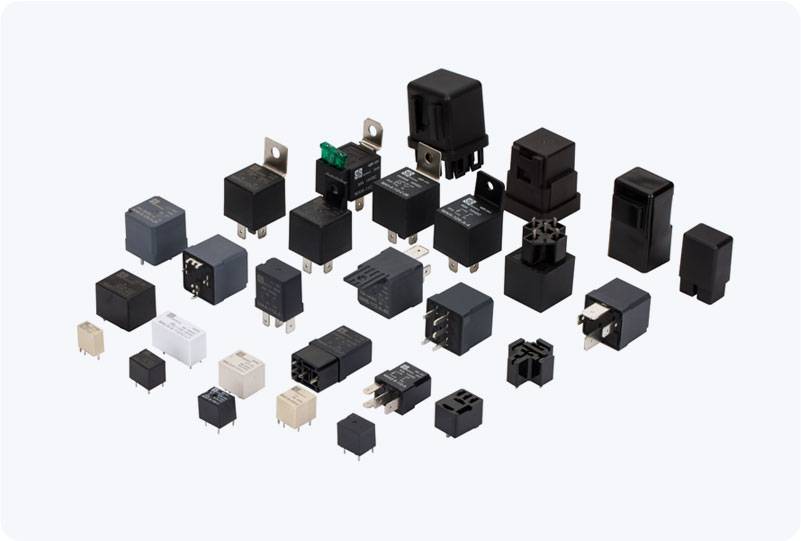这类继电器通常应用于高压电力设备、变电站、开关设备和配电系统中。它的工作原理通常是通过测量绝缘电阻或者直接监测高压部分的电气特性,发现故障并进行反应。以下是一些主要特点:

故障检测:能够检测高压设备中的绝缘下降或故障,并通过故障报警或动作保护电路来避免更严重的电气事故。 早期警告:高压设备的绝缘如果不稳定,可能导致电气事故或者电力设备损坏。通过该继电器,可以在早期阶段就检测到绝缘异常,及时采取措施进行处理。 保护功能:当检测到绝缘电阻低于设定阈值或其他异常时,继电器会发出信号,帮助操作者快速切断故障电路,避免设备损坏和电力系统的影响。 适应环境:高压绝缘故障继电器能够在电力设备运行环境中正常工作,能够承受较高的电压和恶劣环境条件。 这些继电器对确保电力系统的稳定性和安全性至关重要,尤其是在高压运行环境中。 帮我写一篇关于HV Insulation Fault Relay的800字英文原创文章,并在文章前面配上一个标题,并在标题里面包含HV Insulation Fault Relay Understanding HV Insulation Fault Relay: Essential Protection for High Voltage Systems High voltage (HV) systems are integral to the operation of modern electrical grids, powering everything from industrial plants to residential areas. However, these systems are subject to various risks, including insulation degradation, which can lead to catastrophic failures if not properly monitored. This is where the HV Insulation Fault Relay plays a crucial role. It serves as a vital protective component, detecting insulation faults and ensuring the safety and reliability of high-voltage electrical networks. This article explores the function, importance, and application of HV Insulation Fault Relays in safeguarding high-voltage systems.
Leave a Reply